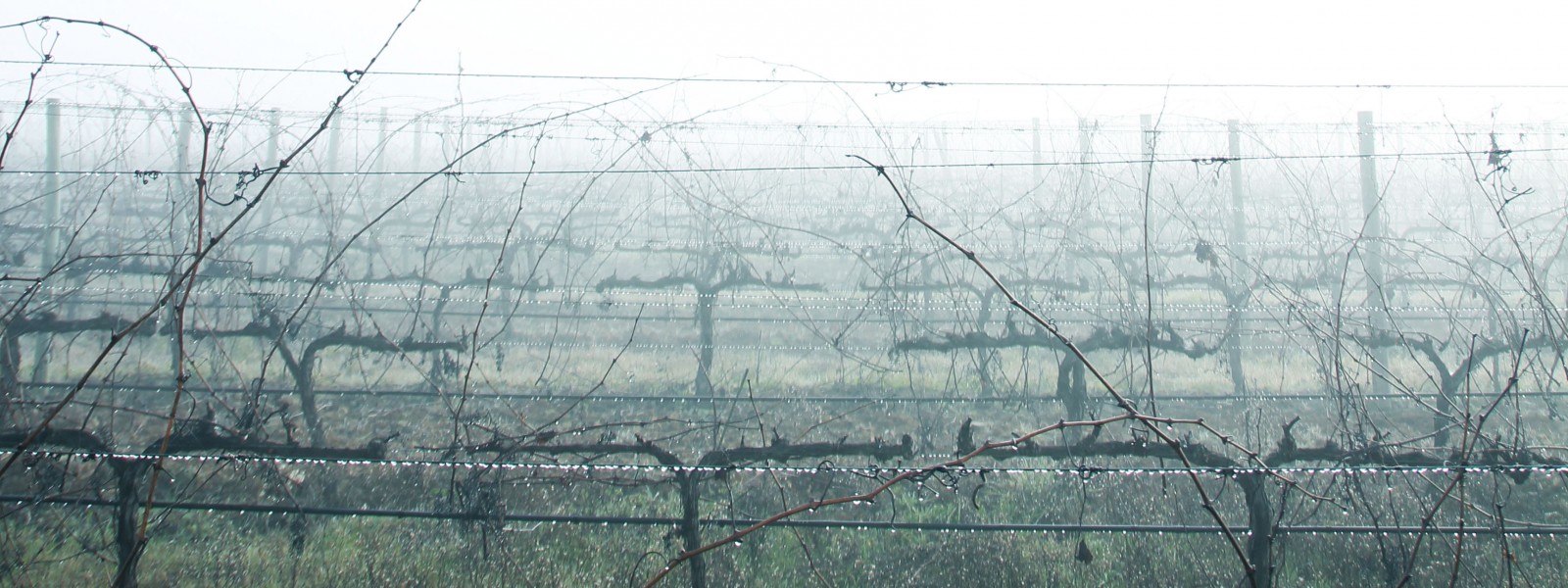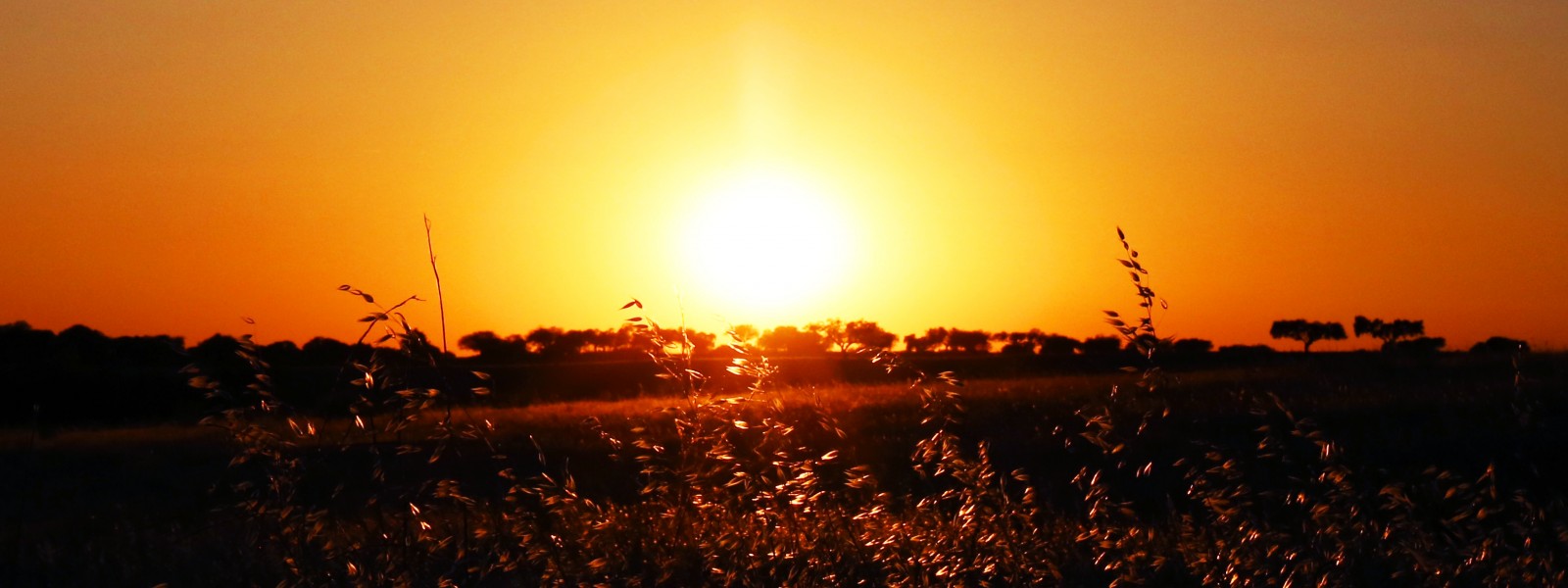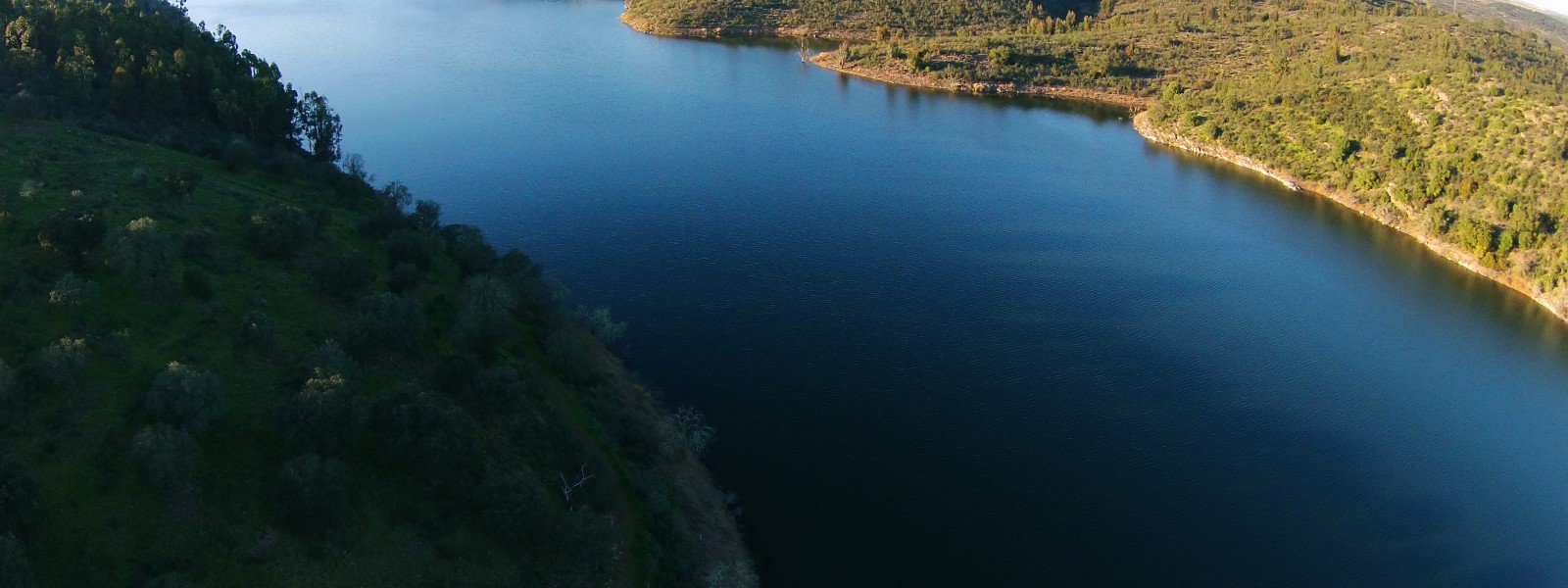Summers are hot and dry, normally with over 20 days above 35° C. The springs and autumns are mild with plenty of sunny days. Winters are kind. Average rainfall during the wettest months is below 80 mm with average temperatures above 10° C, although daily temperature variations can reach 20° C.
These characteristics have a profound effect on the Alentejo’s fauna, flora, landscape, architecture and people.
This Denomination of Controlled Origin (DOC) is made up of 8 sub-regions with a long tradition of wine production: Borba, Évora, Granja-Amareleja, Moura, Portalegre, Redondo, Reguengos and Vidigueira.
Of all the Alentejo’s sub-regions, Esporão chose Reguengos de Monsaraz because it ensured wines that were full-bodied but elegant and both big and seductive, thanks to a mix of very poor, stony soils and a harsh climate. This part of the region is where Alentejo wines are more balanced and appealing, as well as being bold and pleasing, with good ageing capacity.


